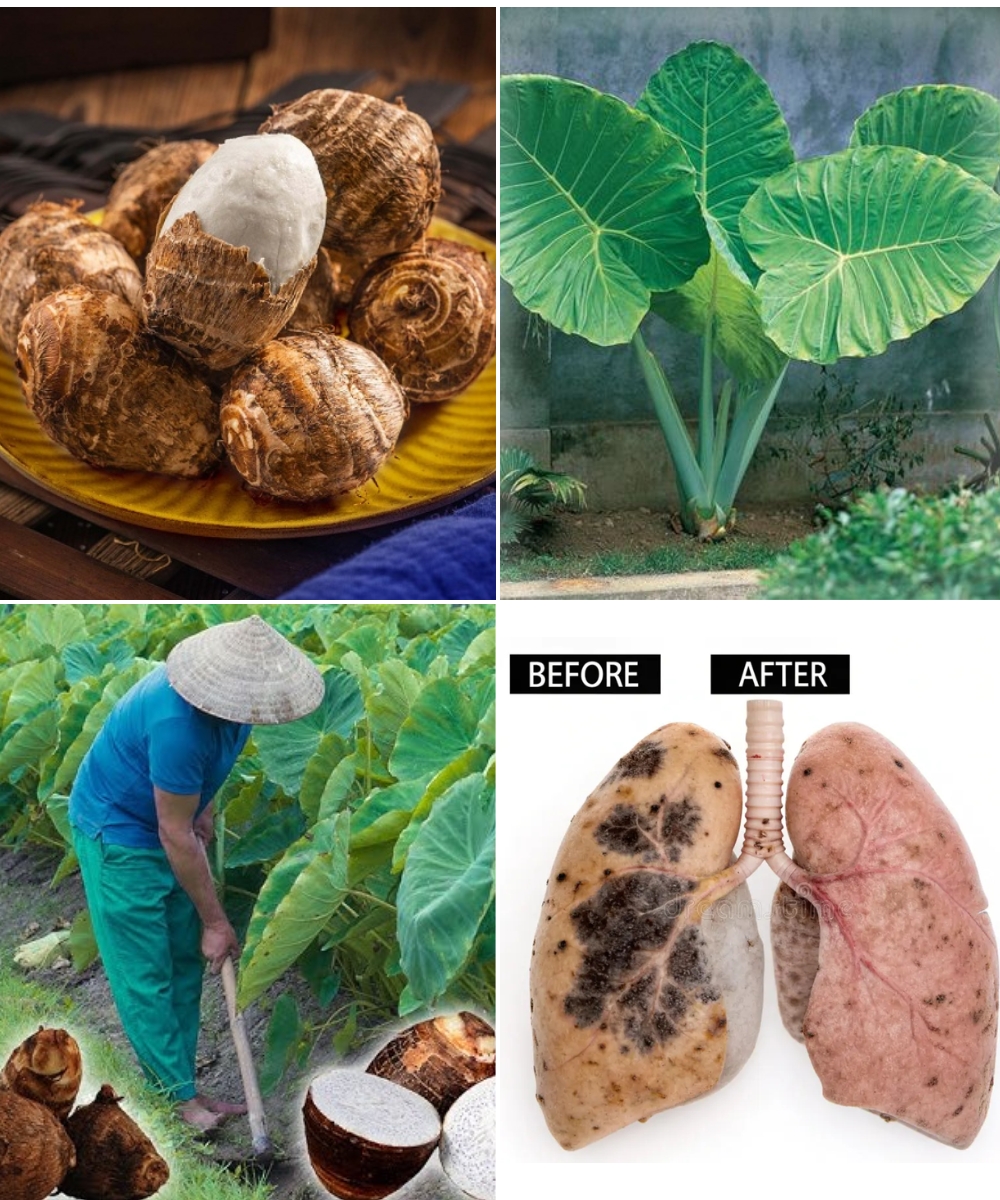Dive into the world of taro—a humble yet extraordinary root that has nourished cultures for centuries. Known scientifically as Colocasia esculenta, taro is more than just a starchy staple. It’s a nutritional powerhouse, a culinary chameleon, and a cultural icon. From tropical rainforests to contemporary kitchens, this versatile tuber has a fascinating story that deserves a place in your diet—and your imagination.
🌿 The Taro Root: A Nutrient-Packed Wonder
Taro stands tall among root vegetables with a nutrient profile that rivals many superfoods.
Key Nutritional Highlights:
Fiber-rich – Promotes healthy digestion and gut balance
Vitamin C & E – Boosts immunity and supports radiant skin
Potassium & Magnesium – Strengthens heart health and muscle function
Low Glycemic Index – Offers long-lasting energy without sharp blood sugar spikes
Whether you’re an athlete looking for steady fuel, a wellness enthusiast seeking nutrient-dense foods, or simply someone aiming for balanced eating, taro delivers ancient nourishment in every bite.
🍲 A Culinary Chameleon: Endless Possibilities in the Kitchen
Taro’s subtly nutty, slightly sweet flavor and creamy texture make it adaptable to both savory and sweet dishes.
Savory Favorites: Stews, soups, mashed taro, and crispy fries
Sweet Treats: Bubble tea, taro ice cream, custards, and cakes
Global Inspirations: Poi in Hawaii, taro chips in the Pacific, and fragrant curries across Asia
With purple-fleshed varieties adding vibrant color and beige roots offering comfort-food vibes, taro effortlessly elevates everything from vegan curries to artisan desserts.
🌍 A Global Icon with Deep Cultural Roots
Across Asia, Africa, and the Pacific Islands, taro is more than food—it’s heritage.
Hawaii: Considered a sacred ancestor, central to spiritual rituals
Asia: A symbol of prosperity, often served during festivals
Africa & Pacific: A staple crop that has sustained communities for generations
When you enjoy taro, you’re connecting with centuries of tradition, joining hands with cultures that have valued this root for its resilience and symbolism.
🥗 Beyond the Root: The Power of Taro Leaves
Taro’s heart-shaped leaves are rich in vitamin A, vitamin C, and antioxidants, making them a nutritious, sustainable green.
Popular dishes include:
Callaloo in the Caribbean
Laing in the Philippines
Leaf curries with coconut milk in Southeast Asia
Tip: Always cook taro leaves thoroughly to remove natural compounds that can irritate the throat.
🌴 Growing Taro: Sustainability Meets Beauty
Taro thrives in wetlands and tropical climates, making it an important crop for food security.
Benefits for Growers:
Low maintenance, high yield
Can be grown in backyards or containers
Ornamental appeal with lush, tropical foliage
Choosing taro supports eco-friendly agriculture while adding exotic greenery to your garden.
🍴 How to Start Cooking with Taro
Boil & Mash: A creamy alternative to mashed potatoes
Bake or Fry: Crispy taro chips or golden wedges
Blend into Desserts: Taro smoothies, puddings, and cakes
Pair with Coconut: Classic in many tropical dishes
Pro Tip: Always peel and cook taro to neutralize calcium oxalate.
✨ Why Taro Belongs in Your Kitchen
Taro isn’t just another vegetable—it’s a story of resilience, tradition, and nourishment. With its rich nutrition, global heritage, and culinary flexibility, it’s a food that bridges past and present.
Next time you’re at the market, pick up taro root or fresh taro leaves. Experiment, taste, and let this ancient root inspire your cooking—and your connection to the earth.
